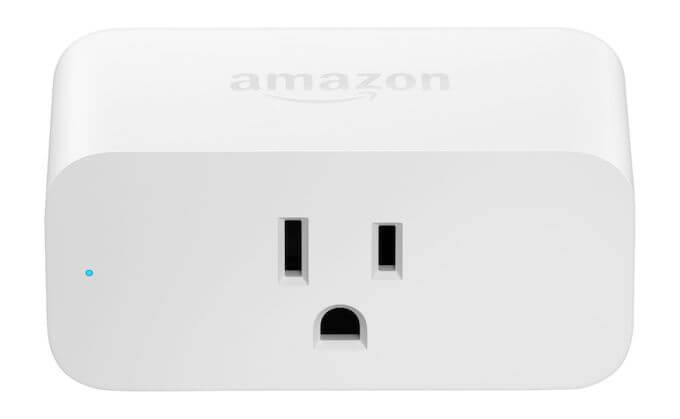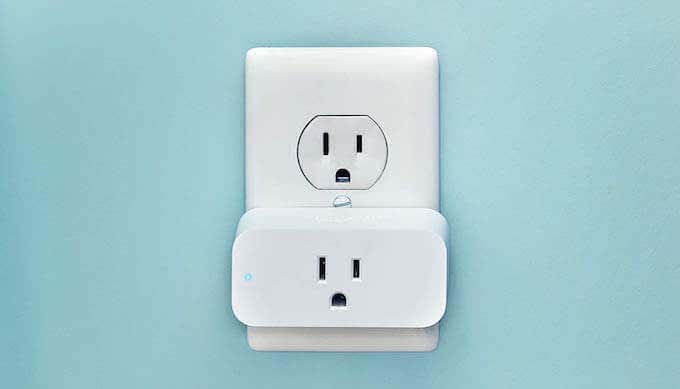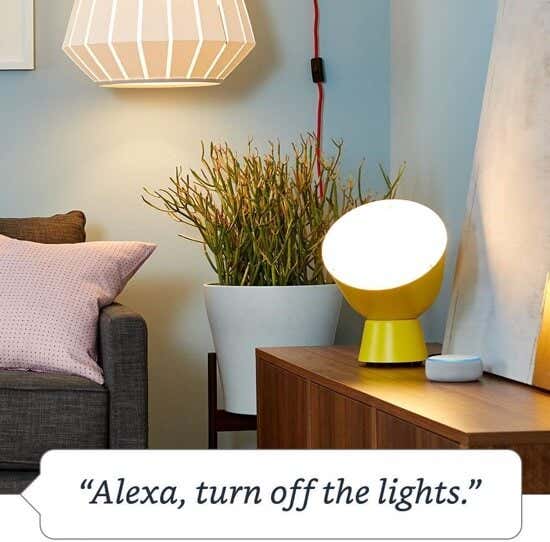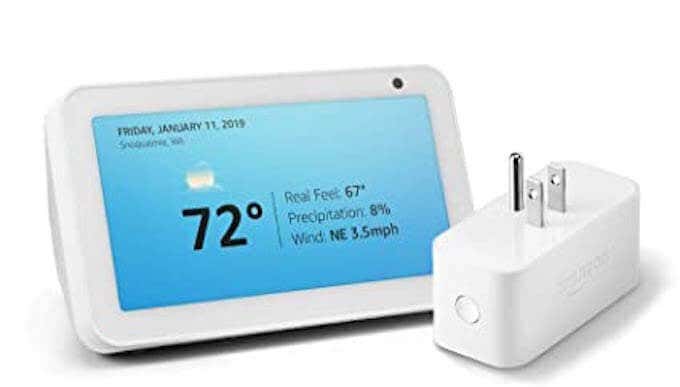Think of a smart plug like an external power switch. You can tap a button on your phone to control the flow of power. If you have a “dumb” lamp, you can plug it in, turn it on, and then turn it on and off from afar by controlling the power. Smart plugs are an essential part of building a smart home for this reason. In addition to their basic functions, smart plugs can be programmed to turn off after a certain amount of time, to turn at a specific time and off at another, and even to respond to other devices. For example, if motion is detected outside your front door, you can program the smart plugs in your living room to automatically turn the lights on.
The Benefits Of a Smart Plug
Smart plugs offer other benefits outside the obvious. If you’re trying to cut down on utility costs, smart plugs are one of the strongest tools in your arsenal. “Phantom power draw” is a real problem in many homes, and something people are often unaware of. Some devices constantly draw power for displays. For example, your coffee pot draws energy even when not in use to keep the clock accurate and to light the LED screen. Over time, this energy usage adds up. The only way to prevent phantom power draw is to unplug an appliance—or to turn off the flow of power through a smart plug. Another benefit to smart plugs is your ability to schedule on and off times. To expand on the lamp example from before, you can set your smart plug to power on at 8 AM and off at 10 PM. Considering that smart lights average around $20 per bulb and you’ll often need more than one bulb for some lamps, a $25 smart plug can be the most cost-effective investment.
Requirements For Smart Plugs
It doesn’t work with any other system besides Alexa. If you use Google Home or Siri, you will want to look into a different type of smart plug. There are a huge variety of plugs on the market, but they all serve basically the same purpose.




